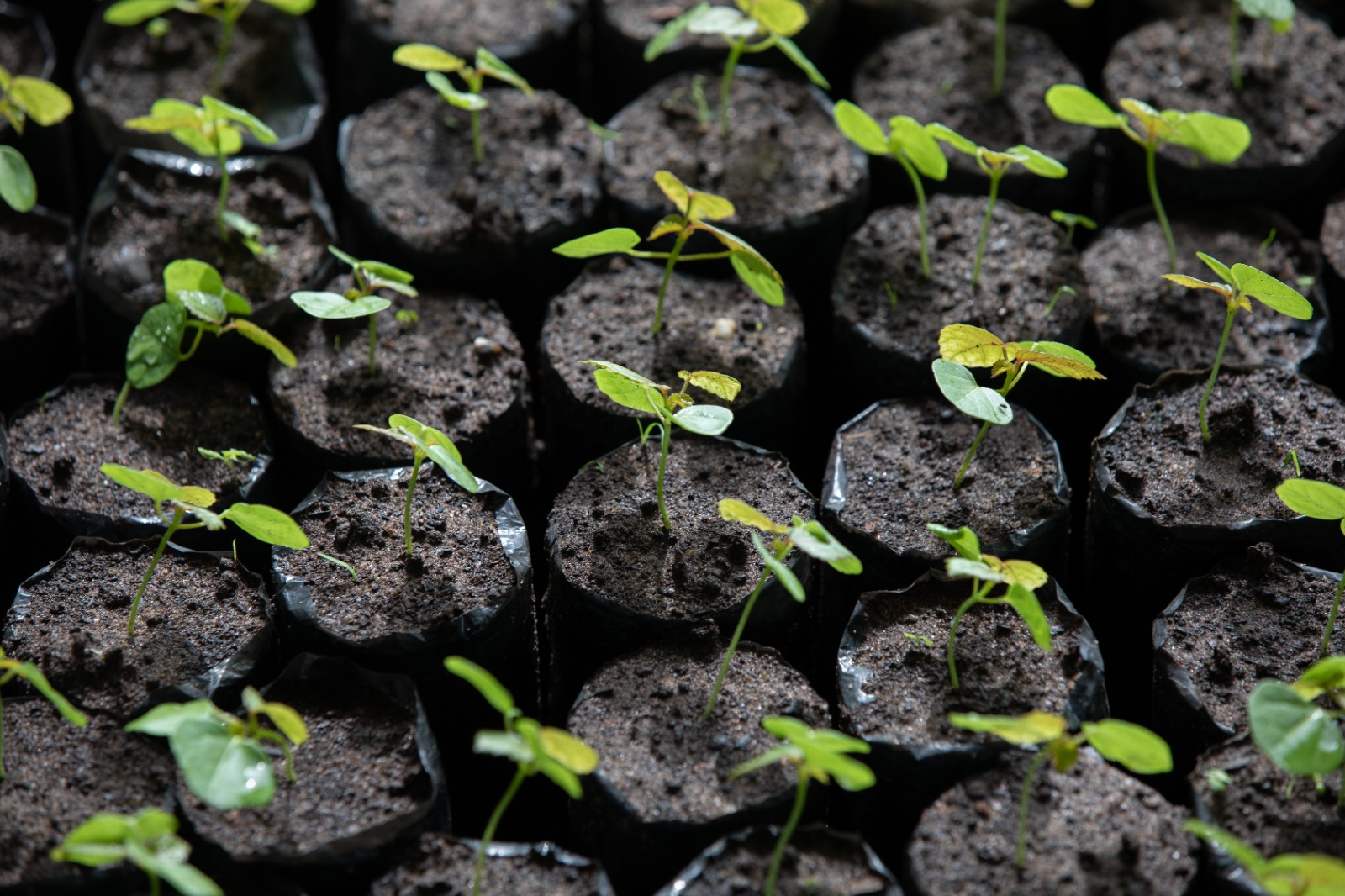Sesbania [Sesbania sesban (L.) Merr.] fallows are being promoted as a means for replenishing soil fertility in N-depleted soils of small-scale, resource-poor farmers in southern Africa. Knowledge of soil water distribution in the soil profile and water balance under proposed systems is important for knowing the long-term implications of the systems at plot, field and watershed levels. Soil water balance was quantified for maize (Zea mays L.) following 2-year sesbania fallow and in continuous maize with and without fertilizer during 1998–1999 and 1999–2000 at Chipata in eastern Zambia. Sesbania fallow increased grain yield and dry matter production of subsequent maize per unit amount of water used. Average maize grain yields following sesbania fallow, and in continuous maize with and without fertilizer were 3, 6 and 1 Mg ha1 with corresponding water use efficiencies of 4.3, 8.8 and 1.7 kg mm1 ha1, respectively. Sesbania fallow increased the soil-water storage in the soil profile and drainage below the maximum crop root zone compared with the conventionally tilled non-fertilized maize. However, sesbania fallow did not significantly affect the seasonal crop water use, mainly because rainfall during both the years of the study was above the normal seasonal water requirements of maize (400 to 600 mm). Besides improving grain yields of maize in rotation, sesbania fallows have the potential to recharge the subsoil water through increased subsurface drainage and increase nitrate leaching below the crop root zone in excess rainfall seasons.
DOI:
https://doi.org/10.1023/B:AGFO.0000005220.67024.2c
Altmetric score:
Dimensions Citation Count:

Publication year
2003
Authors
Phiri, E.; Verplancke, H.; Kwesiga, F.; Mafongoya, P.
Language
English
Keywords
drainage, evapotranspiration, fallow, sesbania sesban, soil fertility, water use efficiency, zea mays
Geographic
Zambia























